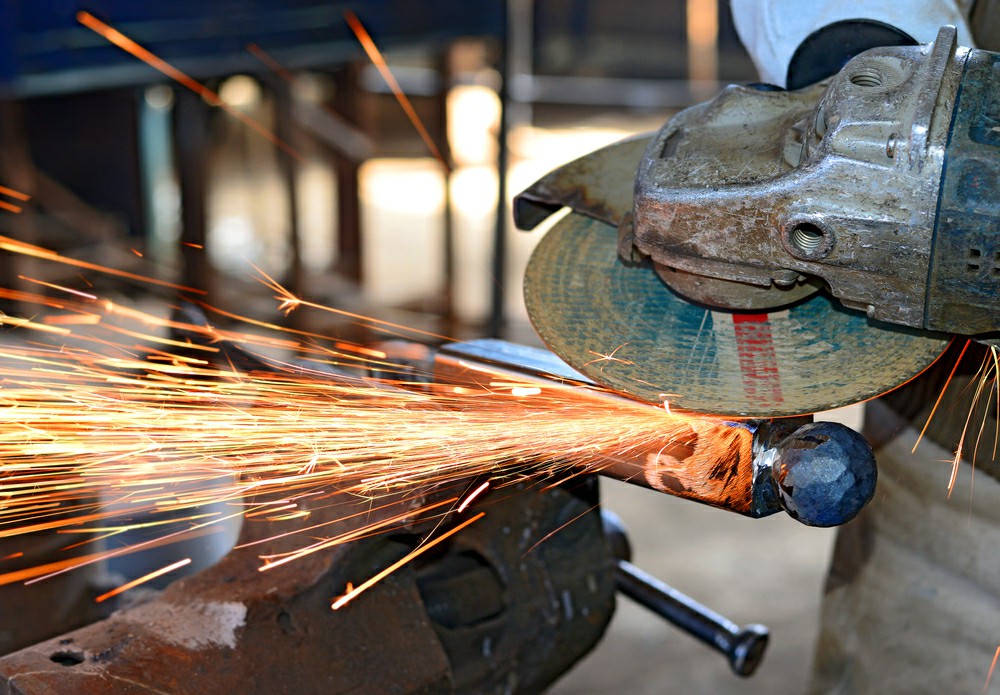Avoiding the Pitfalls: Common Mistakes with Abrasive Wheels and the Role of Training
Abrasive wheels are critical tools in many industries, from construction to metalworking. However, improper use can lead to serious injuries or even fatalities. Knowing the most common mistakes workers make when handling abrasive wheels is vital for enhancing safety and protecting workers in cities like Dublin, Cork, Galway, Limerick, and Waterford. This blog will explore those mistakes and emphasize how effective training plays an essential role in preventing them.
Common Mistakes When Using Abrasive Wheels
1. Incorrect Equipment Usage
- Using the Wrong Type of Wheel: Workers may not fully understand the specifications of abrasive wheels. For instance, using a cutting wheel instead of a grinding wheel can lead to uncontrolled sparks and potential injuries. Proper training ensures that employees become familiar with various wheel types and their applications.
- Improper Mounting: Failing to follow the manufacturer’s guidelines for mounting can cause the wheel to break apart during operation. A case in point involved a worker in Cork who sustained injuries because the wheel was not securely fastened. Training helps emphasize the correct mounting techniques, including the use of appropriate flanges and spacers.
2. Lack of Risk Assessment
- Neglecting Safety Checklists: Before any operation, a safety checklist should be completed; however, many workers skip this step. In a recent incident in Galway, an operator did not inspect the abrasive wheel before usage, resulting in a wheel shattering. Training emphasizes the importance of performing thorough inspections and identifying potential hazards.
- Overlooking Environmental Factors: External factors such as humidity and temperature can affect tool performance. Workers often ignore these factors, leading to excessive wear and tear. Training can educate employees on how to recognize these conditions and adapt their handling accordingly.
3. Failure to Follow Safety Procedures
- Not Wearing Personal Protective Equipment (PPE): Adequate PPE is vital, but many workers neglect this crucial step. A worker in Limerick suffered serious injuries due to a lack of eye protection. Training programs stress the importance of PPE such as goggles, gloves, and respirators to minimize hazards.
- Ignoring Emergency Protocols: Knowing what to do in an emergency is crucial. Unfortunately, many workers do not remember these protocols. A training program ensures that workers understand emergency procedures and how to respond promptly to incidents.
Real-World Examples of Mistakes
Consider an event in Waterford, where a lack of proper training led to a serious accident. A worker was operating an abrasive wheel without understanding the correct feeding technique, leading to the wheel binding and ultimately breaking. The incident could have been avoided with adequate training and risk assessment.
Best Practices for Safe Abrasive Wheel Operations
- Comprehensive Training: Invest in certified abrasive wheels training to ensure employees understand the equipment and safety protocols. Look for courses like Abrasive Wheels Course Dublin and Abrasive Wheels Course Ireland.
- Perform Regular Inspections: Conduct routine inspections of abrasive wheels and equipment to ensure safety compliance and functionality.
- Implement Safety Protocols: Create and communicate clear safety procedures and ensure they are followed scrupulously.
Conclusion
Understanding and avoiding common mistakes in the use of abrasive wheels is essential for maintaining a safe workplace, particularly in cities like Dublin, Cork, Galway, Limerick, and Waterford. Implementing comprehensive training programs will not only enhance knowledge but also instill a safety culture that prioritizes the well-being of all employees.
For businesses looking to improve safety standards, consider enrolling employees in certified training programs. Visit our site for information on the Abrasive Wheels Course Ireland or contact us at [email protected] for tailored training solutions.



 349,500 Offered Certificates
349,500 Offered Certificates
 24/7 Online Training
24/7 Online Training
 Money Back Guarantee
Money Back Guarantee
 Fully Accredited Courses
Fully Accredited Courses
